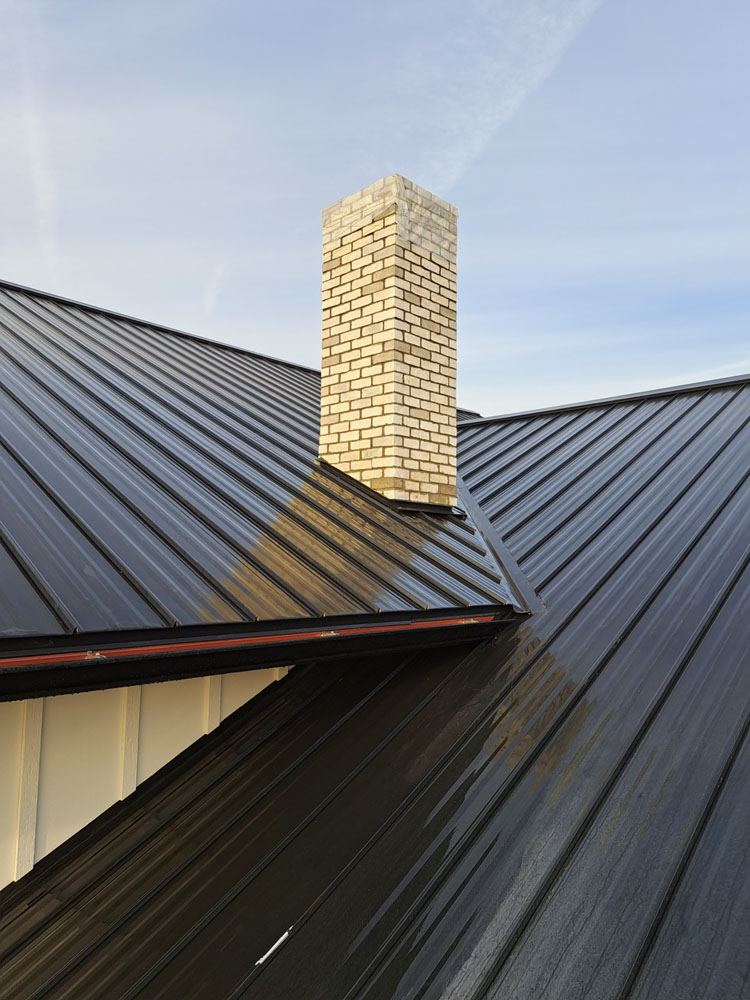Introduction
Masonry chimneys grace many homes, adding a touch of elegance and functionality. However, with age and exposure to the elements, they can develop issues that might require attention. This article dives into DIY tips for minor repairs on your masonry chimneys, giving you the know-how to keep your chimney in top shape without breaking the bank. Whether it’s fixing cracks, addressing leaks, or maintaining the overall structure, our guide will provide you with all the necessary steps to tackle these minor repairs efficiently and safely.
Understanding Masonry Chimney Repair
What is Masonry?
Masonry refers to building structures from individual units of materials like bricks, stones, or concrete blocks. These materials are bound together by mortar or other adhesives. The durability and aesthetic appeal of masonry have made it a popular choice for chimneys across various architectural styles.
Why Do You Need to Repair Your Masonry Chimney?
Over time, weather conditions, thermal expansion and contraction, or even settling of the house can lead to cracks and deterioration in masonry chimneys. Addressing these issues promptly can prevent more extensive damage that may require costly repairs or replacements.
Common Issues with Masonry Chimneys
When it comes to masonry chimney repair, homeowners often face several common issues:
- Cracks in Mortar Joints: Caused by temperature changes. Spalling Brick: When bricks flake or chip. Leaking Chimney: Water infiltration can lead to damage. Chimney Crown Damage: The top part of the chimney may crack.
Recognizing these issues early can save you time and money in the long run.
https://generalcontractorusa.com/masonry-and-concrete-work/masonry-chimney-repair-what-homeowners-need-to-know/DIY Tips for Minor Repairs on Your Masonry Chimneys
Inspecting Your Chimney
Before diving into any repairs, it's essential to conduct a thorough inspection of your chimney. Look for visible cracks, crumbling mortar joints, or any signs of water damage.
Tools Needed for Inspection:
Flashlight Binoculars (for high chimneys) Trowel ChiselRepairing Cracks in Mortar Joints
One of the most common repairs involves fixing cracks in mortar joints.

Steps:
Clean the Area: Use a wire brush to remove debris. Mix Mortar: Follow manufacturer instructions for mixing. Fill Cracks: Use a trowel to apply mortar into cracks. Smooth the Surface: Make sure it’s even with surrounding areas.Tips:
- Ensure weather conditions are ideal; avoid rainy days. Wear gloves and safety goggles while working.
Addressing Spalling Bricks
Spalling bricks can be an eyesore as well as a structural issue if left unattended.
Steps:
Identify Affected Bricks: Look for bricks that are flaking or crumbling. Remove Damaged Bricks: Use a chisel carefully to take out spalled bricks. Replace with New Bricks: Insert new bricks using mortar for stability. Seal Properly: Ensure everything is sealed correctly against moisture.Maintaining Your Masonry Chimney
Regular Cleaning Routine
Keeping your chimney clean is vital for its longevity.
Recommended Cleaning Schedule:
- Bi-annually clean flues Inspect crowns annually Remove soot build-up regularly
Checking Flashing Integrity
Flashing helps prevent water from entering your chimney structure.
How to Check Flashing:
Inspect where the chimney meets the roofline. Look for gaps or rusted areas that need caulking or replacement.Preventative Measures
Waterproofing Techniques for Masonry Chimneys
Applying a waterproof sealant can significantly enhance your chimney's durability against water damage.
Application Steps:
Clean the brick surface thoroughly. Apply waterproofing sealant according to product instructions. Reinspect periodically after application.Importance of Proper Ventilation
Ensuring proper ventilation minimizes moisture accumulation inside and around your chimney structure.
How to Improve Ventilation:
- Install vents if not already present Ensure existing vents are not blocked
FAQs About DIY Tips for Minor Repairs on Your Masonry Chimneys
1. What tools do I need for minor masonry chimney repairs?
For basic repairs, you'll need a trowel, chisel, wire brush, waterproof sealant, and possibly replacement bricks or mortar mix.
2. How often should I inspect my masonry chimney?
It’s best practice to inspect your chimney at least twice a year—once before winter and once after—to catch any potential problems early.
3. Can I do repairs myself?
Absolutely! Many minor repairs can be managed by homeowners who feel comfortable working with tools; however, always prioritize safety first!
4. What should I do if I find extensive damage?
If you discover significant structural issues during inspection, it's advisable to consult a professional mason rather than attempting extensive repair work yourself.
5. How do I know if my flashing needs replacing?
Check for rust spots or gaps between flashing and roof; these indicate deterioration that needs immediate attention.
6. Can waterproofing help prevent future leaks?
Yes! Applying waterproof sealants protects against moisture infiltration which can cause long-term damage if left unchecked.
Conclusion
Maintaining your masonry chimney doesn’t have to be daunting! With these DIY tips for minor repairs on your masonry chimneys at hand, you’re now equipped with knowledge on how to inspect and address common issues effectively! Remember that regular maintenance goes a long way towards preserving both safety and aesthetics while preventing costly future repairs down the line! So roll up those sleeves—it's time to give your beloved chimney some TLC!